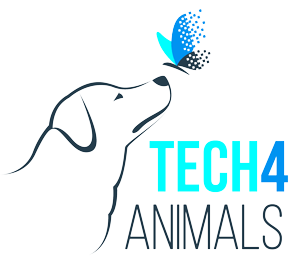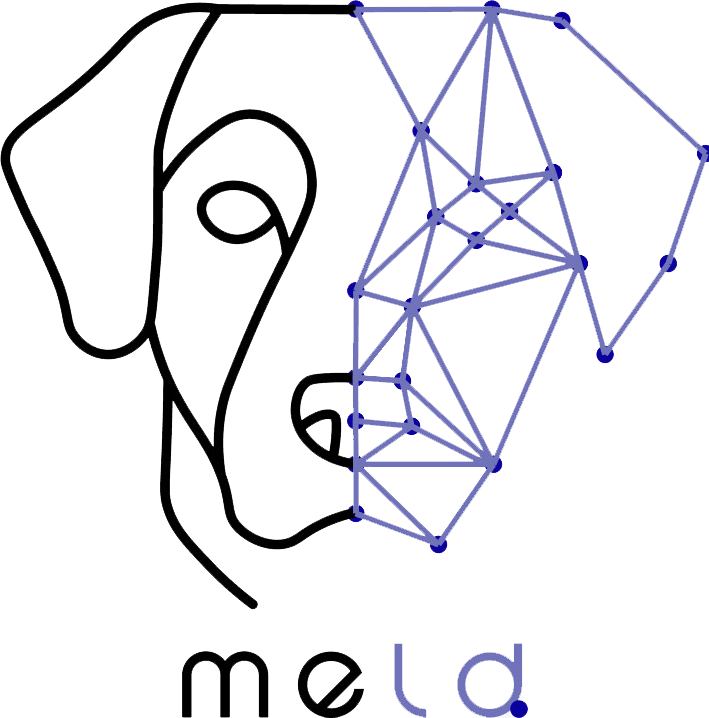This study explored the use of machine learning algorithms based on sensor behavior data for the early-onset detection and prediction of Digital Dermatitis (DD) in dairy cows. Researchers utilized CowManager® ear tags to continuously record data such as activity, eating time, rumination time, and ear temperature from Holstein cows at the Washington State University Knott Dairy Center. The machine learning model, based on the Tree-Based Pipeline Optimization Tool (TPOT), achieved an accuracy of 79% for DD detection on the day clinical signs appeared. For predicting DD 2 days prior to the first clinical signs, a combination of K-means and TPOT reached an accuracy of 64%. The study identified ‘activity’ as the most important sensor feature for DD detection. The proposed models demonstrate the potential for developing real-time automated tools for monitoring and diagnosing DD in lactating dairy cows, suggesting that alterations in behavioral patterns can serve as inputs for early warning systems to improve herd management and animal welfare. While promising, the authors note limitations, including the number of cases and the need for further studies in diverse farming settings with potentially more complex sensor systems.
Non-Invasive Computer Vision-Based Fruit Fly Larvae Differentiation: Ceratitis capitata and Bactrocera zonata
This paper proposes a novel, non-invasive method using computer vision

